Being the proud owner of a backyard kitchen comes with a number of seasonal responsibilities. Like many outdoor living spaces, a change of seasons means taking into account the various weather conditions that play a factor in the functionality of your kitchen appliances and accessories. You have two more months of use before you need to fully pack away your outdoor kitchen’s appliances and accessories, but that doesn’t mean you can’t get a head start.
Chilling Your Grill

Preparing your grill for fall starts with clearing out the remnants of summer. First, give the grill’s grates a good going over. Start by burning off all the accumulated sauce, juices, and grime. Put the burners on high, close the lid, and leave it on for 15-20 minutes. Then turn everything off and let it cool. Now scrub with a steel-wire brush & scraping tool to get everything off. Next step: use a non-toxic cleaner, combined with a mixture of warm water and heavy duty kitchen soap to remove anything else that remains. Once clean, dry the grates. While they dry, brush, scrape, and wash the inside of the grill as well. You may need to clean the element protection pieces so be prepared. Once everything is clean, place the grates back into the grill. Now you’re ready for a game day cookout again but will have less work to do when it comes time to shut down for winter.
Plumbing Provisions

Taking preventative measures to maintain your outdoor kitchen’s plumbing is a must. If you live in a colder climate, shutting off the flow of water in outdoor pipes before freezing temps hit is vital. It prevents the pipes from freezing and bursting, ensuring that no expensive repairs will be needed when warm weather returns. Start by bleeding the water out of the lines leading to any sinks, fridges, or ice makers in your outdoor kitchen area, making sure that the water’s shut-on valve is shut off. Complete the process by cleaning the sinks and covering them with the best outdoor furniture covers to prevent any damage during the months ahead.
Icing Out
In addition to shutting off any lines of running water, being sure to empty out, clean, and turn off the auxiliary mechanisms in your outdoor kitchen. Unplug your outdoor kitchen’s refrigerator and clear it of perishable items before wiping it with a rag. Appliances like freezers can be left on, as long as you shut off the ice-making mechanism. Finish off the appliances by fitting them for a covers for outdoor furniture so you can rest easy knowing that they’re protected all season long.
Top of The Line Treatments
Once your appliances have been properly prepped, it’s time to switch your focus to your outdoor cabinets and countertops. Keep these surfaces like new by applying protective treatments. For stainless steel surfaces, use stainless steel polish to waterproof and prevent oxidation. Wood cabinetry will fare better in inclement fall weather if it has been treated with a specialized wood oil ahead of time. And even the toughest of stone countertops will benefit from a thorough application of sealant.
The same steps apply to prepping your outdoor dining furniture. Much like your countertops, any outdoor furniture should be treated appropriately, according to their material. Give each piece a thorough cleaning to ensure that it is in prime condition before applying any treatments. For furniture cushions, opt for sealants and waterproofing sprays that are specifically tailored for use on fabrics to maximize effectiveness. When paired with covers for outdoor furniture, these chemical treatments ensure that your outdoor kitchen and dining and seating furniture will hold strong all year long.
Under Cover

If you’re done for the year on your patio, use strips of masking or painter’s tape on cabinets and drawers to keep them shut and secure in case of strong wind. Pack up utensils and store them away in an airtight container for safekeeping. Give counter spaces a good wipe with a disinfectant before securing them underneath the best outdoor furniture covers, ensuring that they’re able to weather the winter ahead. Do the same for built-in grills and stovetops, protecting them with grill covers that keep them functional and safe. Shut off any gas or electric mechanisms. It’s prudent for you to disconnect, remove, and safely store any propane or natural gas tanks and cover them with an outdoor tarp to prevent any potential disturbance. Cover adjoining dining areas with an outdoor furniture cover set, completing the process of prepping your outdoor kitchen area for a cold weather hibernation.


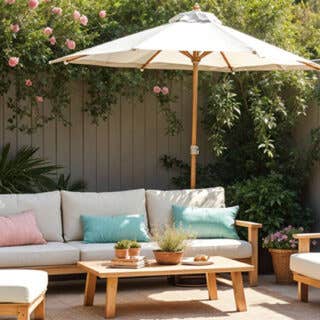
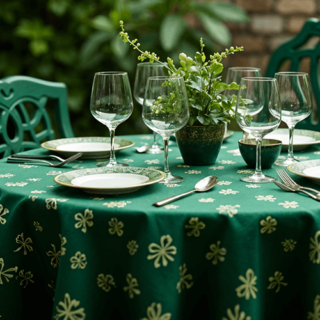


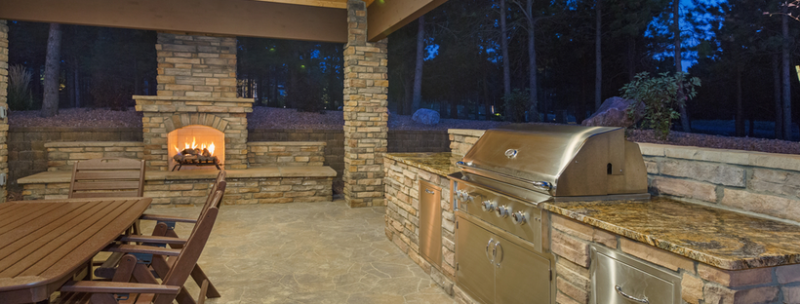
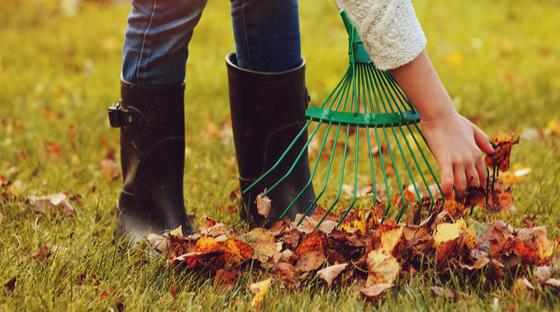
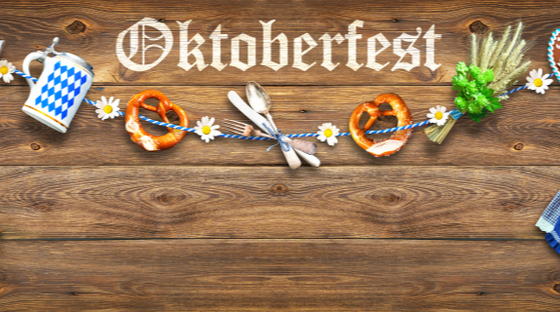



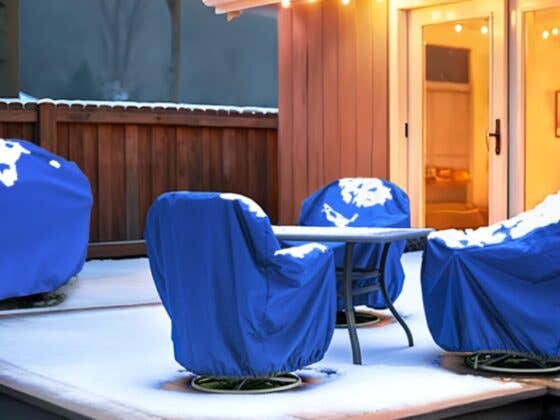
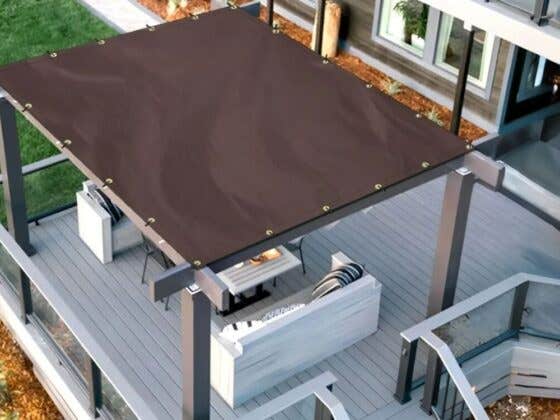
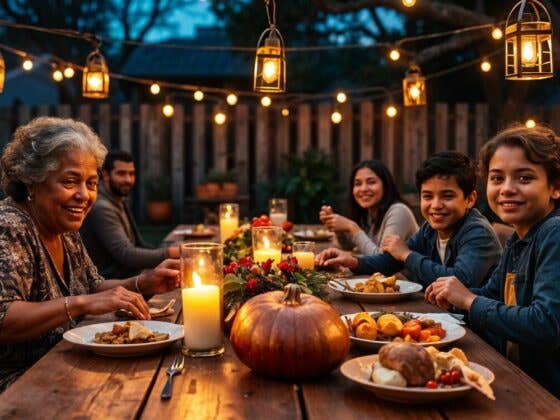
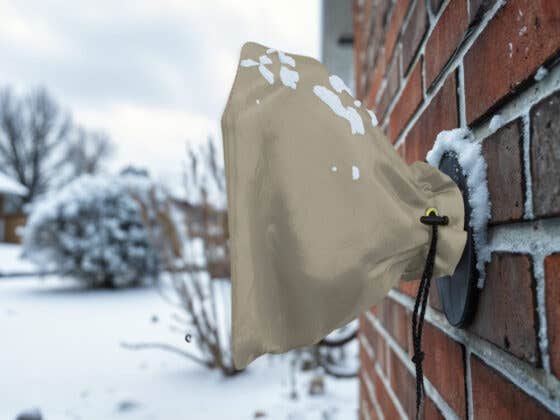

Recent Comments